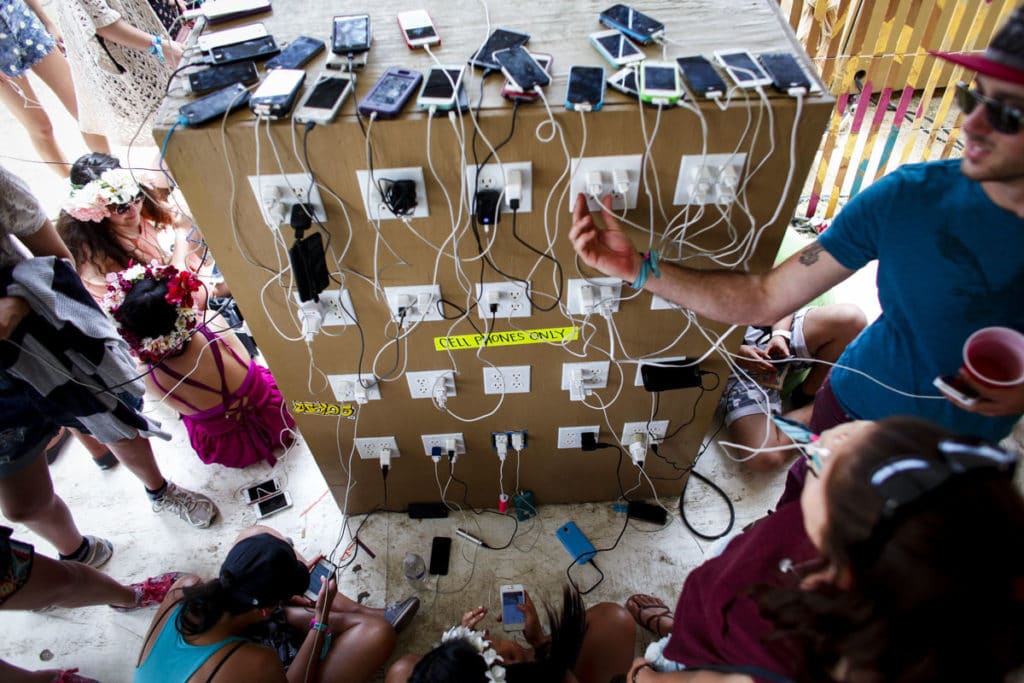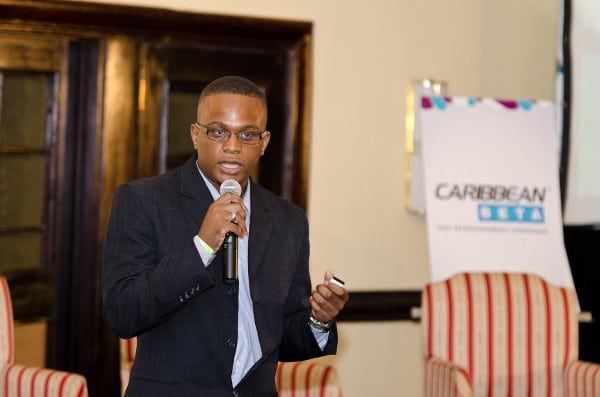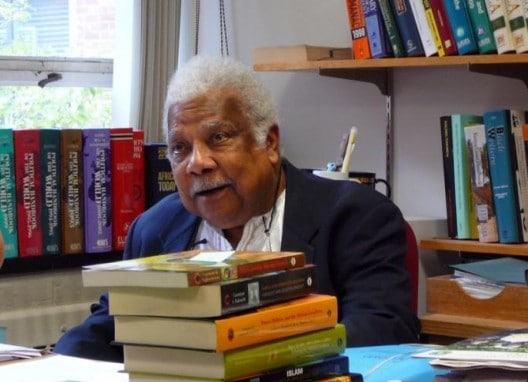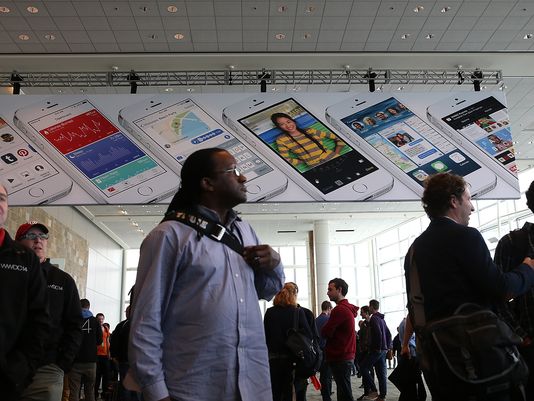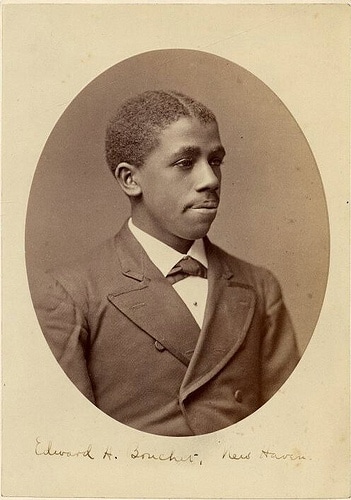I recently finished listening to the audio book The Alchemist by Paulo Coelho. I know, I know, I’m a little late to The Alchemist party, as it’s been an incredibly popular book for a long time.
The book introduces the idea of one’s Personal Legend, so I started thinking about my own Personal Legend. And as I got to the end of the book and saw all the sacrifices the main character was willing to make in order to accomplish his own Personal Legend, I began to reflect on my entrepreneurial journey and wondered about the journeys of other entrepreneurs.
What Is Your Personal Legend?
A Personal Legend, as it’s referred to in The Alchemist, is one’s destiny in life. It’s identifying one’s purpose in life and pursuing it. My Personal Legend is to be a successful entrepreneur and inspire others to do the same.
I’ve known what my life’s purpose was since high school, but I wasted a lot of time working for other people instead of being an entrepreneur. Yeah, living a life as you believe it was intended to be can be challenging, but this is the first time in my life I truly believe I am living on purpose. And there has got to be power in that, right?
You Gotta Be Willing to Get Your A** Kicked to Get What You Want
This is lesson No. 1.
I’ve learned that while pursuing your Personal Legend, there will be difficult times. I recognize this is different for everyone, but anyone I know who has chased their dreams has had lots of obstacles to overcome.
I’ve realized sometimes you gotta be willing to get your ass kicked to get what you want in life. This realization was supported in the book, The Alchemist, in which the main character, after making tremendous sacrifices to fulfill his Personal Legend, was beaten to within an inch of his life and then “randomly” got an important piece of information that helped him realize his dream.
This blog is littered with my personal stories of obstacles and sacrifices. So, I wanted to reach out to a few entrepreneurs to get their take on challenges during their entrepreneurial journeys. Below is what they said.
Mario Armstrong, Digital Lifestyle Expert and Today show correspondent, in my video interview with him:
In 2007, my wife and I were working on a huge deal with AOL, which we were certain was going to close. Then we got the call that the deal was not going to happen.
The recession hit in 2008 and everything dried up. We were willing to do anything except lose the house and change my son’s quality of life [to realize our dream].
We cashed out our 401(k)s and all four bank accounts went negative. Credit cards were maxed out. I had to pack up loose change to go to the Coinstar machine to get gas money. This was the roughest, toughest, humbling, most deprecating experience ever.
Not knowing how we were going to make our mortgage payment every month was the most unsettling thing.
Bronson Taylor, parent of twins, and founder of Growth Hacker TV, an educational resource for founders and entrepreneurs who are trying to grow a startup:
Nothing has been easy.
I grew up in a rural Kentucky town with almost no opportunities. My parents divorced when I was 10, and my mother married 5+ times. The Internet was the only thing that made me feel alive, and I knew it was going to change every aspect of my existence.
Others stayed in Kentucky. I packed up a U-Haul at age 18 and never looked back.
Others worked 9-5. I started multiple companies until something worked.
Others think I’ve reached my potential. I haven’t even begun.
Life is a fight.
You Better Get Yourself a Woman (or Man) of the Desert
This is lesson No. 2.
In The Alchemist, there is a woman of the desert. And she is a woman who accepts life as it comes, and she waits for her man who has gone out into the desert to return (from pursuing his dream).
A woman of the desert knows that her man must complete his destined dream (or Personal Legend) or else he will come to resent her for not allowing him to do so. Once her man completes his sacred purpose, she trusts that he will return to her and she will wait for him no matter how long it takes.
What an incredibly powerful metaphor.
I am super-blessed to absolutely have a woman of the desert in my wife, Ayana. I’ve written about how important her support has been during my entrepreneurial journey the last three years, and she constantly amazes me with her level of belief in me and WeMontage.
If you’re an entrepreneur, or anyone willing to pursue one’s life purpose, you better have a spouse/significant other who will support your efforts. I’ve heard too many stories from friends who were in relationships/marriages in which their significant other/spouse did not believe in their dream, or their ability to accomplish it, which led to resentment, breakups and, in some cases, divorce.
It might be hard to figure out on the front-end if your partner is a woman/man of the desert. But if you are inclined to fulfill your Personal Legend, it’s a good idea to try and somehow get a sense of this up front because you will absolutely need their support along your journey. How do you figure this out? I don’t know. I got lucky. And I only have questions, not answers. Sorry.
What is your Personal Legend and what has it been like working to fulfill it? Has your partner/spouse been supportive in the process? I’d love to hear about it in the comments.
James Oliver, Jr. is a husband to an amazing wife, Ayana, and co-founder of the world’s cutest twins, Thaddeus and Zoe. James is a tech entrepreneur who successfully raised private investment capital for his startup, WeMontage, the world’s only website that lets you turn your photos into large collages on removable wallpaper. James graduated Phi Beta Kappa from Morehouse Collage and has an MBA from the Kenan-Flagler Business School at UNC-Chapel Hill. Follow @jamesoliverjr on twitter and via treplifedad on Facebook and G+. You can connect with James via his lifestyle blog for parent entrepreneurs: www.treplifedad.com.

